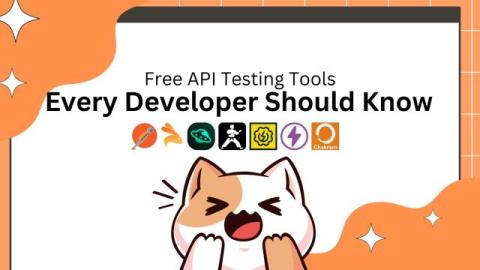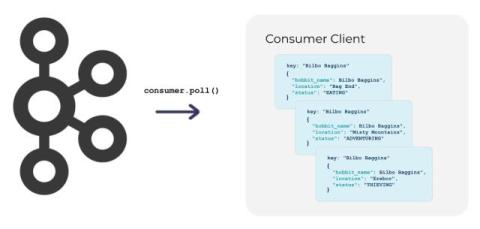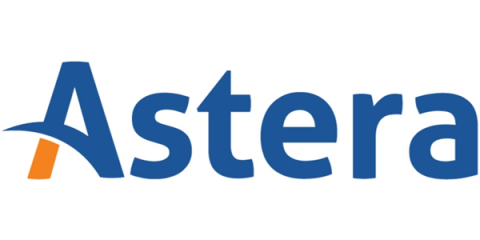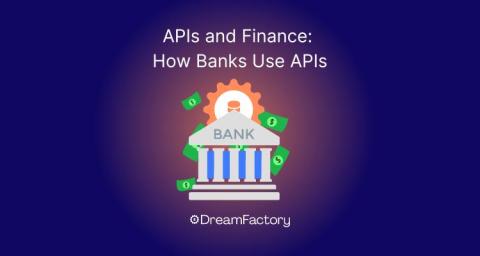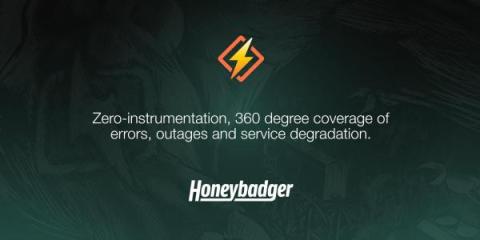Essential Free API Testing Tools Every Developer Should Know
API testing is an essential aspect of contemporary software development, ensuring that the interfaces between various components and systems function correctly. In this blog post, we will dive into some of the top free API testing tools that every developer should know about! From basic HTTP clients to comprehensive testing suites, these tools cover a wide range of needs and skill levels, helping developers create more robust and reliable applications. Get ready to supercharge your development process!


